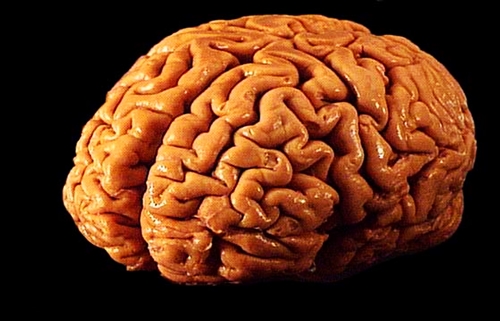9 March 2016. An industry, academic, and medical center research team is beginning a study to better diagnose traumatic brain injury with multiple testing methods. The project is an undertaking of medical device maker Abbott, Hennepin County Medical Center in Minneapolis, and University of Minnesota medical school, also in Minneapolis.
The initiative aims to develop a simple and quick, yet comprehensive and standard approach for diagnosing and characterizing traumatic brain injury, or TBI. According to Centers for Disease Control and Prevention, TBI is responsible for 2.2 million annual emergency room visits and 30 percent of all injury deaths. The agency says falls account for 4 in 10 TBIs (41%) — 8 in 10 TBIs (81%) in people over age 65 — followed by unintentional blunt-force injuries (16%), motor vehicle accidents (14%), and assaults (11%).
The study plans to employ multiple tools to evaluate TBI, including blood biomarkers, eye-tracking, imaging, and cognitive measures. “Our goal with this study,” says Uzma Samadani in a joint statement, “is to combine multiple assessment techniques to quickly assess the severity of brain injuries and enable clinicians to provide appropriate treatments.” Samadini is a Hennepin County neurosurgeon and the study’s co-lead investigator.
The project will screen some 9,000 patients with brain injuries, to enroll 1,000 participants for the study that represent a range of ages and injury severity, from consciousness to coma. Participants will be assessed with multiple methods and followed for 1 year. The sponsors say it is the largest prospective study of TBI in the country.
The study will use eye-tracking as one of the tools to detect brain injury, Samadini’s specialty. As reported in Science & Enterprise in December 2014, Samadini devised a technique with eye-tracking to detect brain injuries that may not show up in CT scans. “With new high-resolution cameras,” she notes, “we can detect subtle differences in movement much more easily and objectively than in the past.”
The project will also test blood samples for characteristic protein biomarkers associated with brain injury. Abbott, based near Chicago, is offering its handheld i-Stat point-of-care blood testing system to analyze blood samples for these indicators of concussion and other brain injuries. “If the protein levels are higher than normal,” says Beth McQuiston, “that may show a brain injury has occurred and serve as a warning bell that further evaluation is needed.” McQuiston is Abbott’s medical director for diagnostics.
In addition, the study plans to use MRI imaging to look for finer structural issues that may not be visible in CT scans. MRI scans are not normally done to diagnose TBI, but in this case they may reveal tiny areas of bleeding or other damage to the brain.
“When we put all of this information together,” says Thomas Bergman, chief of neurosurgery at Hennepin County and study co-investigator, “we will have a better understanding about brain injury that will help us treat patients now and in the future.”
Read more:
- Company Founded to Advance Concussion Treatment
- Biodegradable Brain Sensors Developed, Tested
- Phillips, Banyan Partner on Point-of-Care Concussion Test
- Detailed Brain Activity Imaging Being Developed
- Blood Biomarker Measured in Hockey Player Concussions
* * *


 RSS - Posts
RSS - Posts
[…] Study to Develop Simple, Standard TBI Test Process […]